Upload multiple files, suggested prompts and replies, and a whole lot more. OpenAI just released a bevy of updates for ChatGPT.
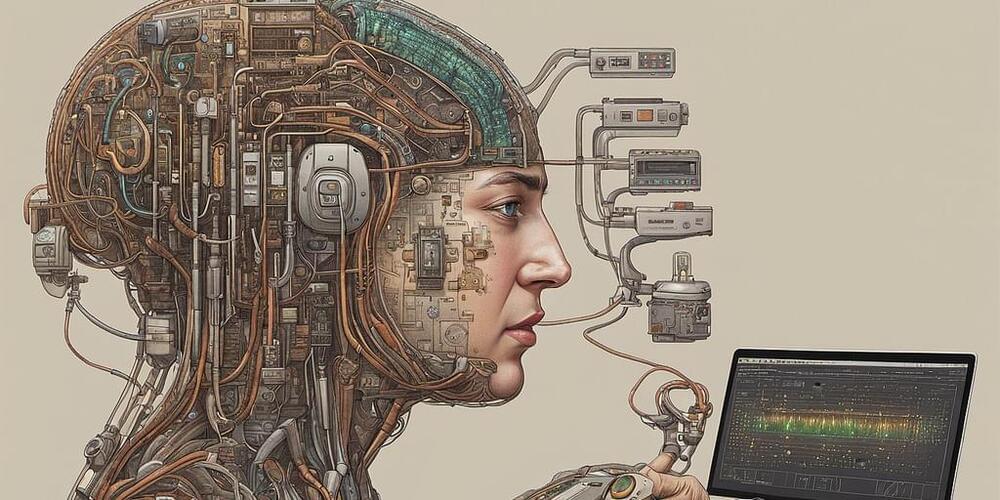

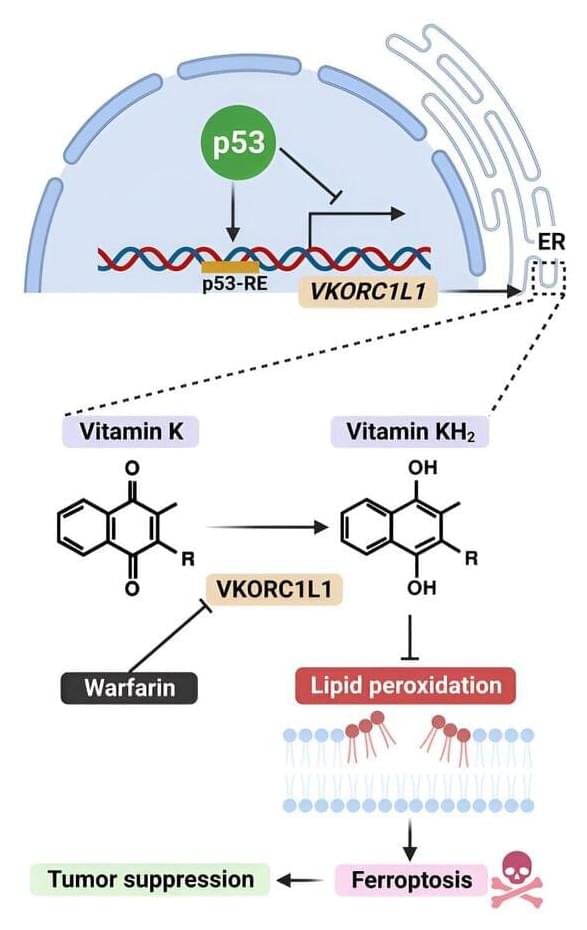
Warfarin, a widely used blood thinner, appears to have potent anti-cancer properties, according to a study by Columbia University researchers. The study, conducted in human cells and in mice, found that warfarin stops tumors from interfering with a self-destruct mechanism that cells initiate when they detect mutations or other abnormalities.
“Our findings suggest that warfarin, which is already approved by the FDA, could be repurposed to treat a variety of cancers, including pancreatic cancer,” says study leader Wei Gu, Ph.D., the Abraham and Mildred Goldstein Professor of Pathology & Cell Biology (in the Institute for Cancer Genetics) at Columbia University Vagelos College of Physicians and Surgeons.
The study is titled “Regulation of VKORC1L1 is critical for p53-mediated tumor suppression through vitamin K metabolism,” and it was published July 18 in Cell Metabolism. Postdoctoral researcher scientists Xin Yang, Ph.D., and Zhe Wang, Ph.D., contributed equally as first authors.
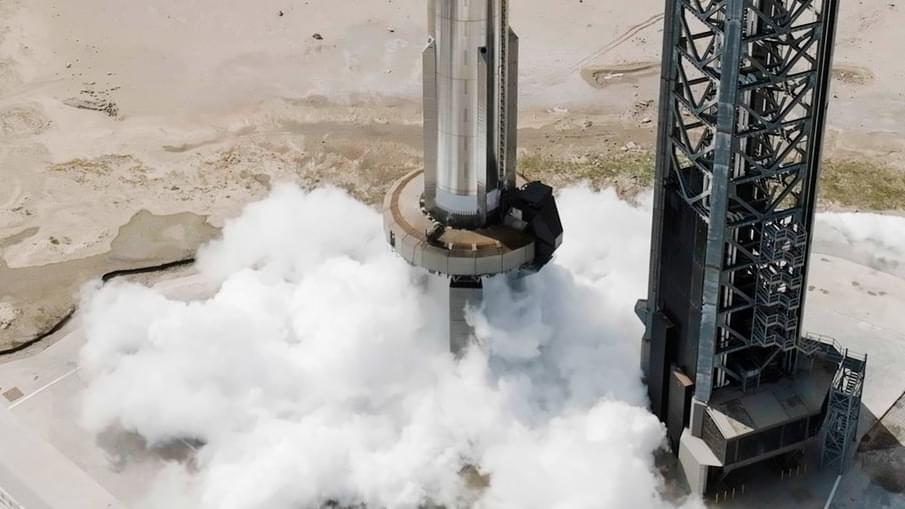

The appetite for hardware to train AI models is voracious.
AI chips are forecast to account for up to 20% of the $450 billion total semiconductor market by 2025, according to McKinsey. And The Insight Partners projects that sales of AI chips will climb to $83.3 billion in 2027 from $5.7 billion in 2018, a compound annual growth rate 35%. (That’s close to 10 times the forecast growth rate for non-AI chips.)
Case in point, Tenstorrent, the AI hardware startup helmed by engineering luminary Jim Keller, this week announced that it raised $100 million in a convertible note funding round co-led by Hyundai Motor Group and Samsung Catalyst Fund.
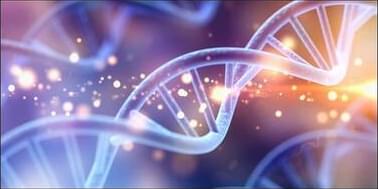
Scientists claim to have uncovered the “missing link” that could pave the way for wearable electronic devices to control genes.
Wearable devices utilize biosensors to gather an individual’s data, including heart rate, blood pressure, sleep patterns, activity, and temperature, among other metrics.
Wearable electronic devices are playing an increasingly significant role in personalized medicine. However, they’re not yet capable of directly programming gene-based therapies, as explained in an article by a group of researchers from ETH Zurich, a public research university in Zürich, Switzerland.
Christopher Nolan’s film ‘Oppenheimer’ depicts a cinematic version of the Trinity test, but actual video and photos endure from the event.
Johns Hopkins University (JHU) researchers have developed an experimental brain cancer treatment that not only cured 100% of mice that received it, but also trained their immune systems to fight future cancers.
The challenge: Glioblastoma is a rare but aggressive type of brain cancer — only 5% of patients live for more than five years after they’re diagnosed, and the average survival time is just 12–18 months. It is considered the deadliest kind of cancer.
The standard glioblastoma treatment regimen starts with surgery to remove as much of the tumor as possible. After that, patients typically undergo chemo or radiation therapy to kill lingering cells.
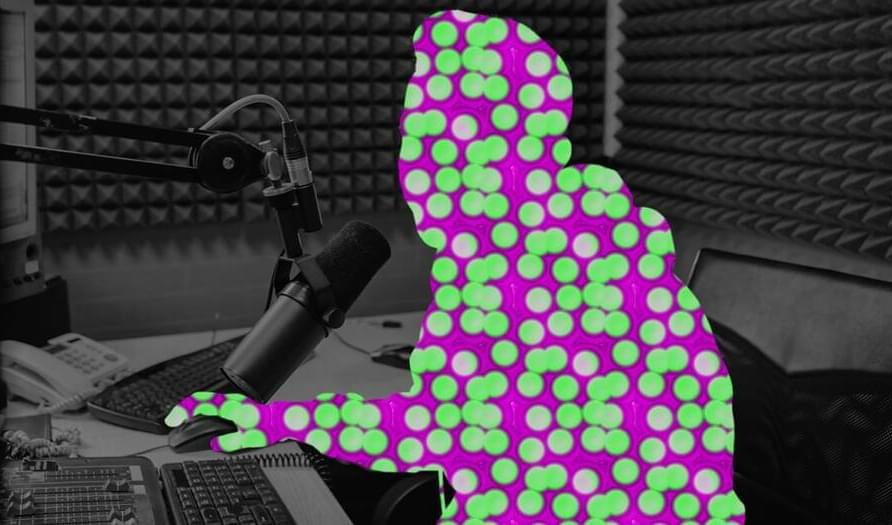
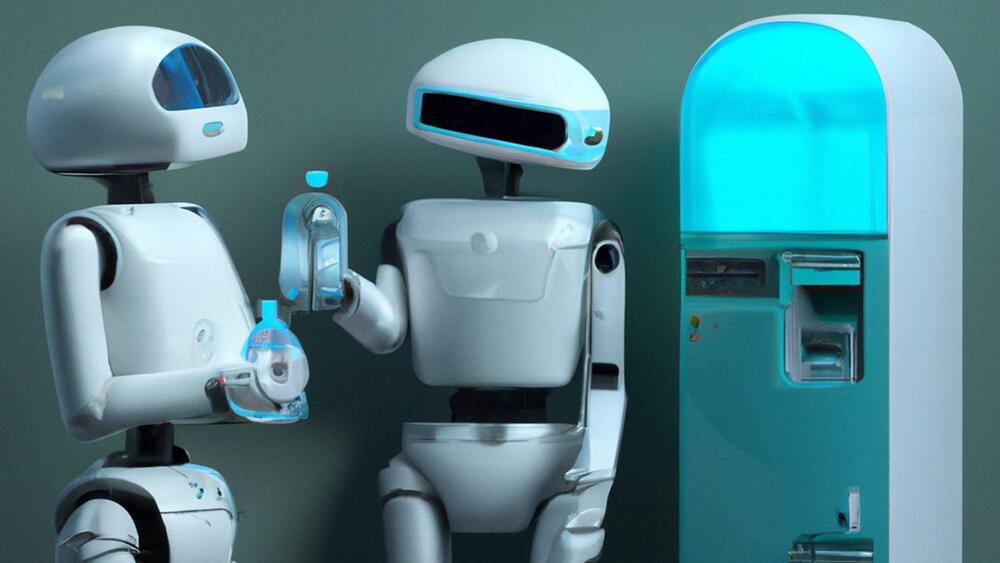
As part of our AItopia series exploring how AI will impact architecture and design, Dezeen examines whether the technology will end up taking architects’ jobs.
In 2019, New York-based designer Sebastian Errazuriz caused a stir with his claim that 90 per cent of architects could lose their jobs to machines.
Four years on, following the emergence of several generative-AI models such as Midjourney and ChatGPT, Errazuriz is writing a book about AI’s impact on society and told Dezeen his opinion has not changed.

Artificial intelligence is currently gaining a lot of attention worldwide, particularly in Hollywood, where thousands of actors and writers are on strike, demanding regulations concerning AI. In the midst of this, actress Whoopi Goldberg shared her thoughts on the growing use of modern technology.
During a Hot Topics chat on the recent episode of The View with Neil deGrasse Tyson, the actress had a very deep discussion on AI as she went on to share that she doesn’t want to be recreated by AI.
Goldberg said, “I don’t want AI duplicating me. That’s what I don’t want,”.